First contract signed between Thailand and China about the construction of a high speed railway between Bangkok and Nakhon Ratchasima.
Agreement on high-speed railway construction in Thailand



First contract signed between Thailand and China about the construction of a high speed railway between Bangkok and Nakhon Ratchasima.

For East-Timor, the Belt and Road Initiative can help for the construction of new infrastructure for the development of this country.
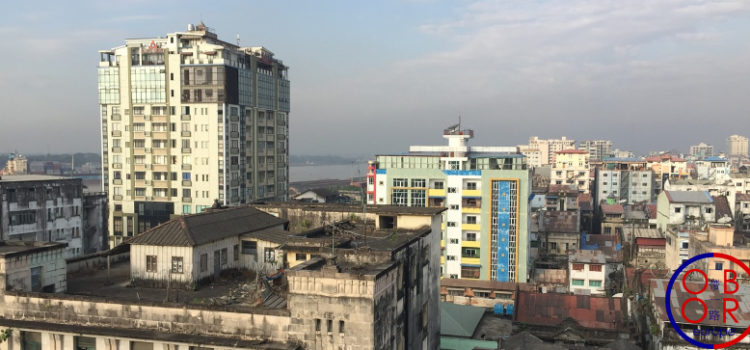
Yangon New City project will be opened to foreign companies. This means that more European companies will be invited to work on BRI projects in Myanmar.
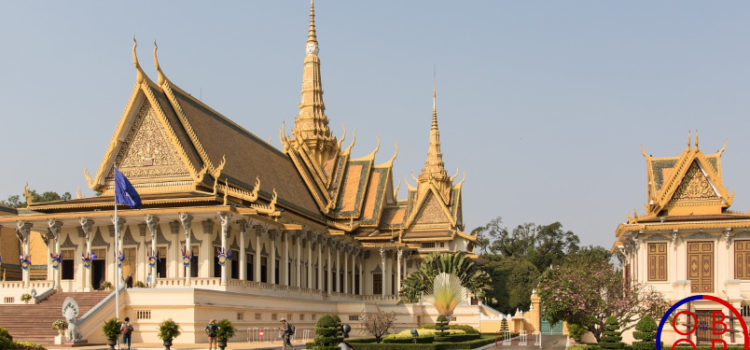
Cambodia plans to build new airports, to support tourism development. For Phnom Penh, the Belt and Road initiative means better regional integration.

Following Xi Jinping’s visit to Myanmar, the China Myanmar Economic Corridor is getting more attention from Chinese and foreign investors.

Malaysia’s state of Sabah is looking for being part of the Belt and Road Initiative and invites Chinese companies to invest in Sabah Economic Corridor.
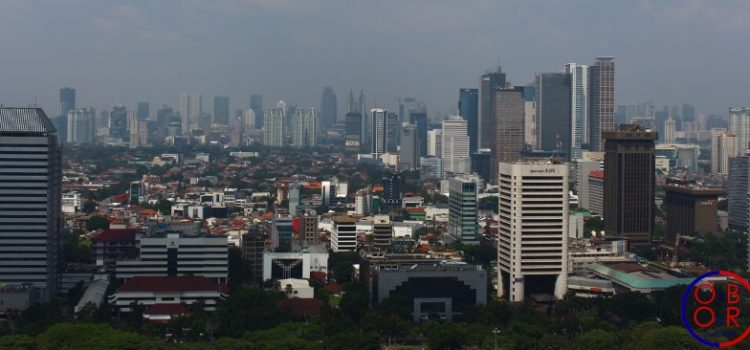
Indonesian President Joko Widodo, re-elected in April 2019, proposed the creation of a special fund for BRI projects in Indonesia.
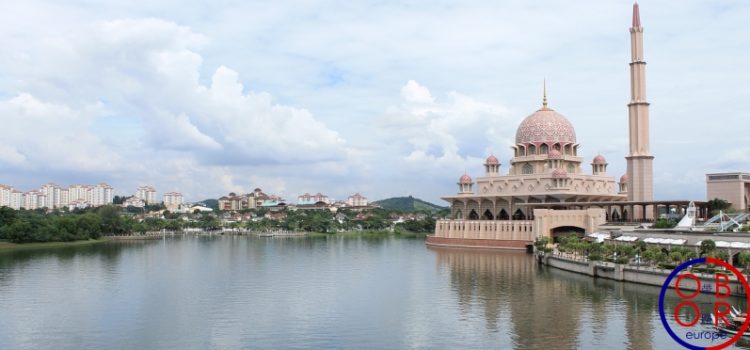
On April 12, 2019, the Malaysian government announced that they agreed with China to resume the East Coast Rail link, a BRI project.

Italy’s undersecretary of state Michele Geraci stated that the BRI is a debt trap for Sri Lanka, Malaysia and maybe Pakistan!
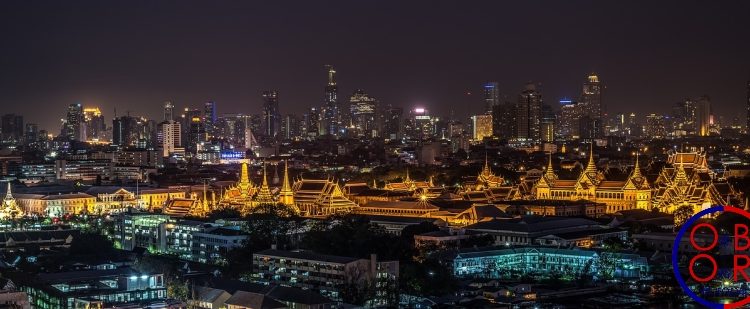
The China-Southeast Asia Economic Corridor is an important component of the BRI and will link Yunnan Province to Singapore.